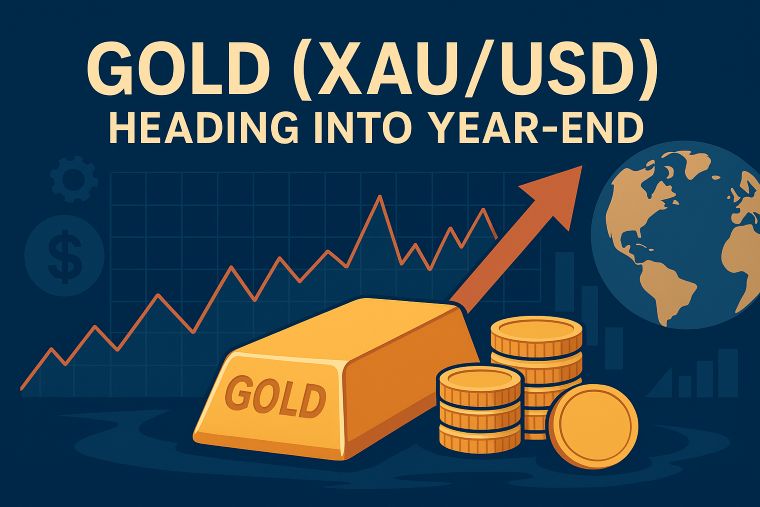3 min to read
The USDJPY pair exhibited a degree of volatility within the mid-149 yen range
driven by a pronounced inclination towards dollar strength during the New York session.

“The USD/JPY pair exhibited a degree of volatility within the mid-149 yen range, driven by a pronounced inclination towards dollar strength during the New York session”
This surge in dollar purchasing was catalyzed by the release of the Michigan Consumer Sentiment Index, which indicated that consumer inflation expectations had surpassed initial projections. Simultaneously, there was a notable uptick in yen buying, giving rise to a situation characterized by both dollar and yen strength, resulting in a relatively subdued trading environment for the USD/JPY pair.
Presently, the market is characterized by an atmosphere of risk aversion, driven by apprehensions concerning the Middle East situation. Israel has amassed tanks near the Gaza Strip, a region effectively controlled by Hamas, in preparation for a potential ground incursion, prompting civilian evacuations. Consequently, the market has grown increasingly cautious, with a discernible inclination towards risk-averse dollar buying.
On the same day, US bond yields experienced a decline, constraining the upward mobility of USD/JPY. Nevertheless, there are no explicit signs of a downward trajectory, and the USD/JPY continues to maintain a position around the 150-yen mark. While the preceding day’s US CPI data did temper expectations regarding the Federal Reserve (FRB) concluding its rate hike cycle, it has yet to foster a resurgence in anticipations of additional rate hikes. Market observers have underscored that, “Although the prior day’s US CPI realigned market expectations pertaining to the conclusion of rate hikes, the likelihood still remains below 50% in the short-term financial market.”
Indeed, in the short-term financial market, the November Federal Open Market Committee (FOMC) meeting is widely anticipated to maintain the status quo, while the probability of a rate hike during the December FOMC meeting lingers around 30%.
Within the Eurozone, the EUR/USD pair momentarily dipped below the 1.05-dollar threshold. Over the course of the past two days, a descent led to the pair once more falling below the 21-day moving average, signaling a return to a bearish trend. European Central Bank (ECB) President Lagarde, who is currently visiting Morocco, articulated in a media interview the ECB’s readiness to implement additional measures as required, thereby retaining the potential for a rate hike on the table. Nevertheless, market responses have been subdued.
The market consensus supports the view that the ECB has already concluded its rate hike cycle and is actively considering the timing for rate reductions. This approach is grounded in concerns related to the economic downturn within the Eurozone. However, today witnessed the release of industrial production data for August, which revealed a 0.6% month-on-month recovery. Yet, it also displayed a year-on-year reduction exceeding 5%.
The insights derived from today’s industrial production data have raised the possibility of negative growth in the GDP for the third quarter, particularly if September’s industrial production continues to decline. These dynamics, coupled with factors such as lean order books, high inventory levels, surges in crude oil prices, and the resurgence of geopolitical risks, do not augur well for the forthcoming outlook of industrial production over the next few months. The GDP for the third quarter is at risk of experiencing a negative growth scenario unless there is a significant upturn in industrial production for September. However, as it stands, the likelihood of a contraction ranging from 0.1% to 0.2% remains prominent, which could potentially result in a negative growth scenario for the third quarter.
Meanwhile, the GBP/USD pair has descended into the mid-1.21 dollar range. Over the course of the last two days, this downturn has led to the pair once more slipping below the 21-day moving average, indicating the potential for a reversion to bearish sentiment.
Although expectations of the cessation of rate hikes by the FRB and the ECB have been gaining traction, the Bank of England remains evenly divided on the likelihood of a 0.25% point rate hike. As a consequence, the forthcoming week emerges as a significant period, replete with numerous pivotal events. Employment statistics and the Consumer Price Index (CPI) in the UK, in particular, are poised to command substantial attention.
At present, the UK CPI is expected to reveal a core index reflecting a 6.0% year-on-year figure. While this level remains elevated, discernible deceleration trends are beginning to manifest. If these forecasts materialize as expected, it is probable that anticipations of further rate hikes will recede.
Visit XM Official Website.

